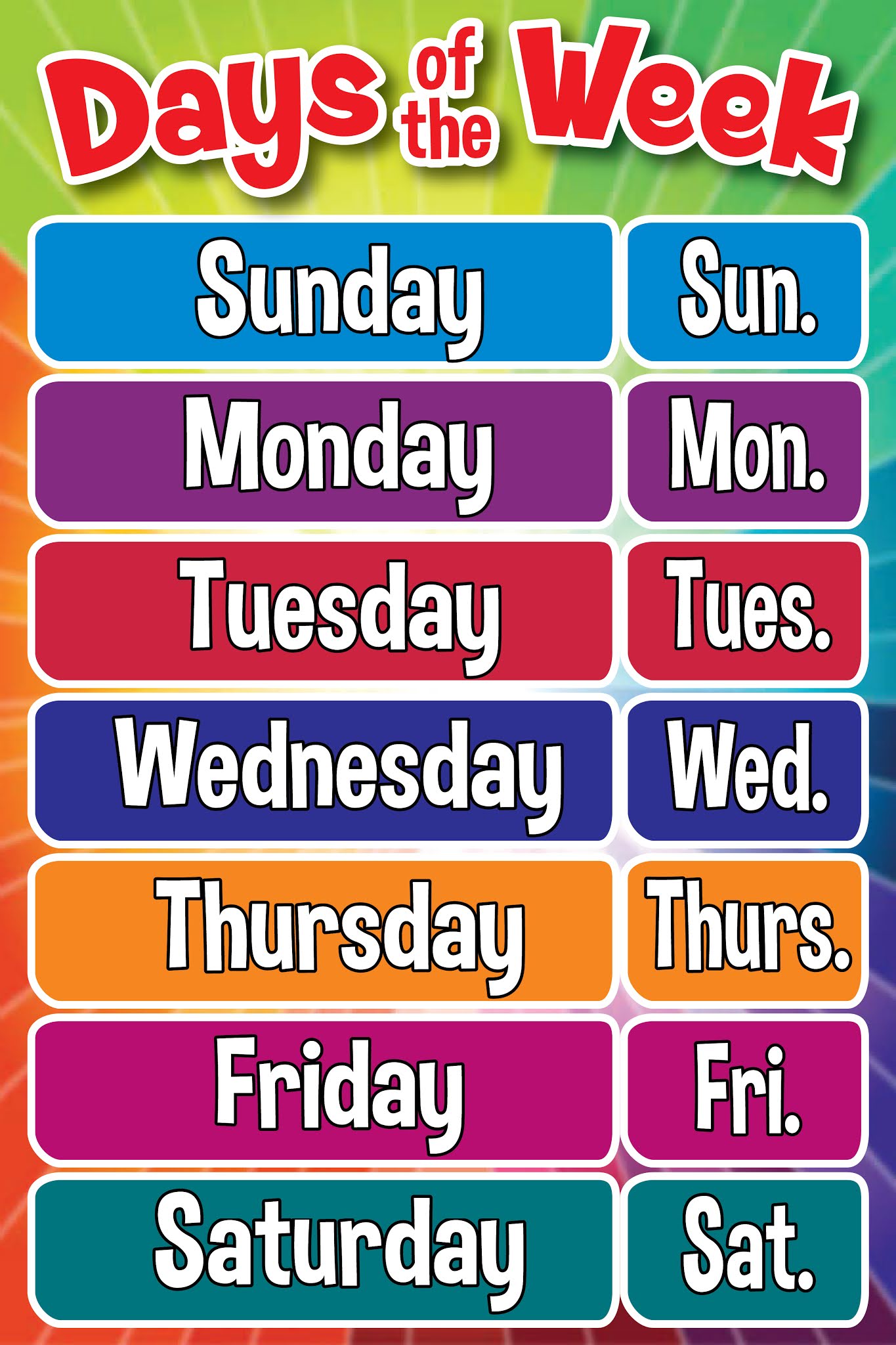Determining the Day of the Week: A Journey Through the Calendar
Related Articles: Determining the Day of the Week: A Journey Through the Calendar
Introduction
With great pleasure, we will explore the intriguing topic related to Determining the Day of the Week: A Journey Through the Calendar. Let’s weave interesting information and offer fresh perspectives to the readers.
Table of Content
Determining the Day of the Week: A Journey Through the Calendar
The question of whether September 1, 2025, falls on a Friday requires an understanding of how calendars function and the intricate relationship between days, weeks, months, and years. This exploration delves into the principles governing our calendar system and provides a clear method to determine the day of the week for any given date.
The Foundation: Leap Years and the Gregorian Calendar
Our modern calendar, the Gregorian calendar, is a solar calendar, meaning it aligns with the Earth’s revolution around the sun. It consists of 12 months, with varying lengths, totaling 365 days in a standard year. However, the Earth’s actual revolution takes approximately 365.2422 days. To account for this discrepancy, an extra day is added every four years, creating a leap year with 366 days. This leap year, with February having 29 days, ensures the calendar remains synchronized with the Earth’s orbit.
Calculating the Day of the Week: The Zeller’s Congruence
To determine the day of the week for a specific date, we can employ a mathematical formula known as Zeller’s Congruence. This formula, developed by German mathematician Christian Zeller, provides a systematic method for calculating the day of the week for any date in the Gregorian calendar.
The Formula:
h = (q + [(13 * (m + 1)) / 5] + K + [K/4] + [J/4] - 2*J) mod 7Where:
- h is the day of the week (0 = Saturday, 1 = Sunday, 2 = Monday, …, 6 = Friday)
- q is the day of the month
- m is the month (March = 3, April = 4, …, December = 12. January and February are counted as months 13 and 14 of the previous year)
- K is the year of the century (e.g., for 2025, K = 25)
- J is the century (e.g., for 2025, J = 20)
Applying Zeller’s Congruence to September 1, 2025:
- q = 1 (the day of the month)
- m = 9 (September)
- K = 25 (the year of the century)
- J = 20 (the century)
Substituting these values into the formula:
h = (1 + [(13 * (9 + 1)) / 5] + 25 + [25/4] + [20/4] - 2*20) mod 7Simplifying the equation:
h = (1 + 26 + 25 + 6 + 5 - 40) mod 7
h = 12 mod 7
h = 5Since ‘5’ corresponds to Friday, we can conclude that September 1, 2025, falls on a Friday.
The Significance of Determining the Day of the Week
Understanding the methods for calculating the day of the week has numerous practical applications, including:
- Historical Research: Determining the day of the week for historical events allows for a more complete understanding of their context.
- Calendar Planning: Knowing the day of the week for specific dates aids in scheduling events, meetings, and other activities.
- Financial Applications: Some financial instruments, such as options contracts, have expiration dates that fall on specific days of the week.
- Personal Organization: Knowing the day of the week can help with personal planning and organization.
FAQs:
Q: How does the leap year rule affect the calculation?
A: The leap year rule is incorporated into Zeller’s Congruence through the term [J/4]. This term adds an extra day to the calculation for leap years, ensuring accuracy in determining the day of the week.
Q: Can I use Zeller’s Congruence for dates before the Gregorian calendar?
A: Zeller’s Congruence is specifically designed for the Gregorian calendar, which was adopted in 1582. For dates before this, different calendar systems were in use, and different methods would be required.
Q: Are there other methods for calculating the day of the week?
A: While Zeller’s Congruence is a widely used and accurate method, there are other algorithms and techniques available. Some methods involve using calendar patterns, while others utilize numerical relationships between dates and days of the week.
Tips for Calculating the Day of the Week:
- Use a calculator: The formula involves several calculations, so using a calculator can simplify the process.
- Break down the equation: Divide the formula into smaller parts to make it easier to understand and calculate.
- Check your work: Double-check your calculations to avoid errors.
- Consult a calendar: If unsure, verify your results against a calendar.
Conclusion:
Determining the day of the week for a specific date, such as September 1, 2025, requires a systematic approach. Zeller’s Congruence provides a reliable mathematical formula for calculating the day of the week for any date in the Gregorian calendar. By understanding the underlying principles of our calendar system and utilizing the appropriate tools, we can accurately determine the day of the week for any given date. This knowledge has numerous applications in various fields, including historical research, calendar planning, and personal organization.








Closure
Thus, we hope this article has provided valuable insights into Determining the Day of the Week: A Journey Through the Calendar. We thank you for taking the time to read this article. See you in our next article!